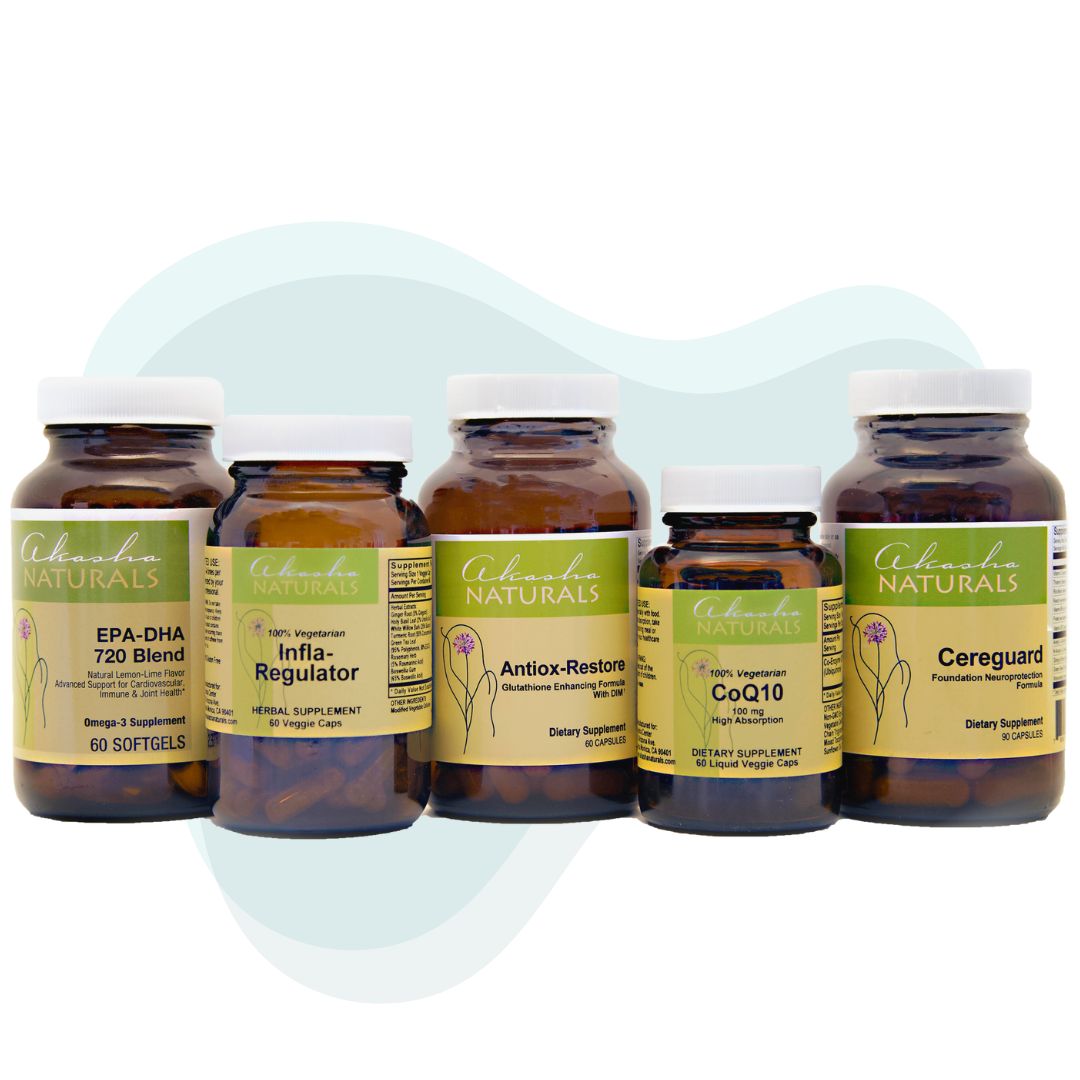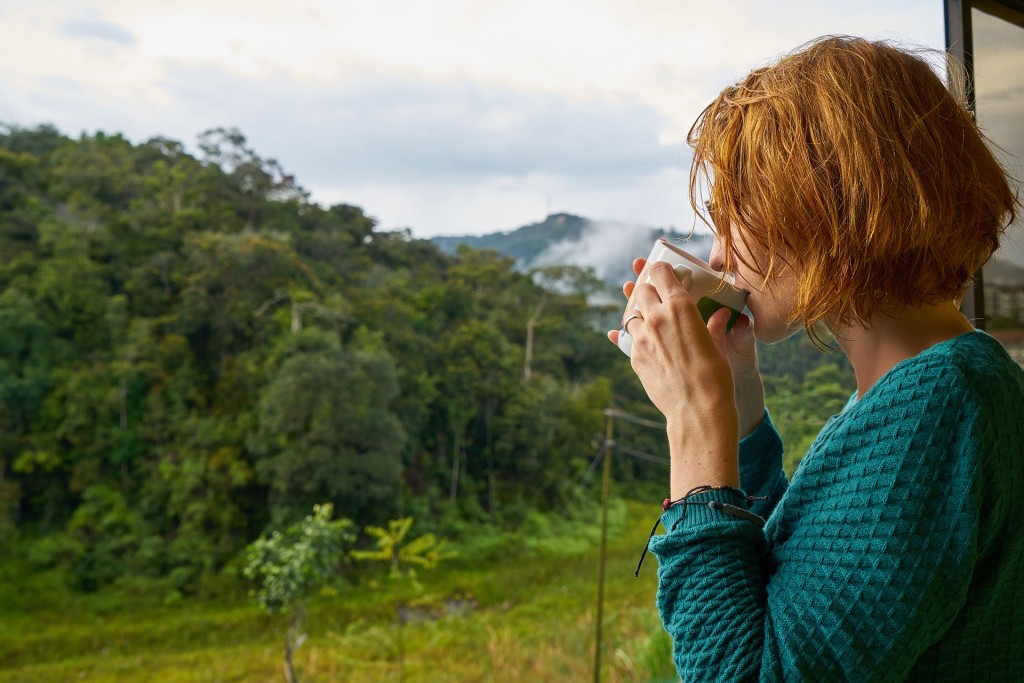The American Cancer Society estimates that nearly 280,000 new cases of breast cancer will be diagnosed this year. This is an alarming statistic but important to highlight. Breast cancer is the most common cancer in women and is the second leading cancer killer in women. We have succeeded about getting the word out about the importance of screening tests, like mammograms, ultrasounds, and SonoCine, a newer breast cancer screening tool. But these screening tests help with detection of cancer, not with prevention. We now need to focus more attention on prevention of breast cancer. Any cure for breast cancer must also address the causes of this disease. There are many different contributing factors that can increase a women’s risk of developing breast cancer. Through conscious lifestyle choices, women can reduce their risk of breast cancer. Understanding these factors can help in the development of strategies to reduce this risk and guide research towards potential cures. Each of the bullet points below could be the focus of its own article. For now, however, here a list of several known contributors to breast cancer development.
- Being a woman – women have a much higher chance of developing breast cancer than men. But men can develop breast cancer.
- Age – the older you are, the more chance there is of developing breast cancer. This is due to an increased amount of circulating estrogen and environmental toxins that accumulates throughout life.
- Genetics -Roughly 5-10% of breast cancer are due to genetics. These genetic mutations include: BRCA1 and BRCA 2; ATM; TP53; CHEK2, PTEN; CDH1; STK11 and PALB2. There are genetic tests that can assess for these genes and tell a woman her lifetime chance of developing breast cancer. We cannot change our genes but we can influence gene expression through lifestyle and environment. This is a HUGE area of focus for us at the Akasha Center.
- Family history of breast cancer increases a women’s risk.
- Personal history of breast cancer increases a woman’s risk of developing the cancer again.
- Race -Caucasian woman are more likely to develop breast cancer than African American Women. African American women are more likely to die from breast cancer.
- Women with dense breast have up to 2 times the risk of developing breast cancer compared to women with average breast density.
- Menstrual Cycle -Women who started menstruating before age 12 and/or went through menopause after 55 have a slightly higher risk of developing breast cancer.
- DES exposure – DES is a drug given to women between the 1940s and 1960s to lower the chance of miscarriage. The children of these mothers have a slightly higher risk of developing breast cancer.
- Pregnancy – Women who have no children or who had their first child after age 30 have a slightly higher breast cancer risk than women who had their first child before 30. But for a certain type of breast cancer known as triple-negative, pregnancy appears to increase risk. Also the greater number of children a woman has reduces breast cancer risk.
- Birth Control Pills – Women who take birth control pills have a slightly increase risk of developing breast cancer. This risk goes back to normal once the pill has been discontinued for more than 10-years.
- Depo-Provera is an injectable form of progestin that is used for birth control. Women who currently use Depo-Provera seem to have an increase risk of developing breast cancer, but the risk does not seem to be increased if it was used more than 5-years ago.
- Frequent Antibiotic Use – Studies have found links between antibiotic use and increased risk of breast cancer. These studies add to the growing body of research linking the importance of a healthy gut microbiome to a healthy immune system. While we need more research to understand the link between breast cancer and frequent antibiotic use, we do know that dysbiosis (a disruption in the gut microbiome) can cause estrogen to be reabsorbed by the body and interfere with normal estrogen metabolism. We also know that good bacteria are essential to metabolize phytochemicals into cancer protective compounds in the gut. Any disruption in the gut could interfere with the production of cancer protective compounds while also interfering with healthy estrogen excretion from the body.
- Breastfeeding for 1.5 to 2 years reduces the risk of developing breast cancer.
- Drinking alcohol increases the risk of developing breast cancer. The risk increases with the amount consumed. Women who drink over 2 drinks daily have about a 1.5 times greater risk of developing breast cancer.
- Being overweight after menopause increases breast cancer risk. Fat cells can make estrogen. Interestingly, breast cancer risk is increased for women who gained excess weight as an adult but does not seem to be increased in women who have been overweight since childhood. Being overweight also increases the risk of recurrence, for those that are in remission. Also, body composition can contribute to breast cancer risk as well. Women who carry fat around the belly have a higher risk of developing break cancer than those who carry fat around the hips and thighs.
- Higher insulin levels are associated with a greater chance of developing breast cancer. Elevated glucose and insulin feed cancer cells. Increasing dark leafy greens and adding colorful fruits and vegetables can protect your body against developing cancer.
- Exercise lowers the risk of developing breast cancer. Studies suggest that walking 10-hours/week reduces breast cancer risk. Another study suggests that as little as 1.25-2.5 hours/week reduces a women risk.
- Women who eat red meat have a higher risk of developing breast cancer.
- Tobacco smoke increases risk of developing breast cancer.
- Recent studies suggest that women who work at night may have an increase risk of developing breast cancer. Current studies are now looking at the role of melatonin and breast cancer.
- Hormone Therapy – estrogen itself does not increase the rate of breast cancer whether it is given as Estradiol, Biest or Premarin. It is the addition of synthetic progesterone, known as progestin, which is associated with higher rates of breast cancer in women using combined synthetic hormone therapy. There is data that suggest that natural progesterone – the only form of progesterone that we prescribe at the Akasha Center, does not increase risk of breast cancer.
- Environmental toxicities – the link between our increasingly toxic environment and breast cancer are very strong. Chemicals found in pesticides, plastics, beauty products and household cleaners are so abundant in our environment and can accumulate over time in our body. These chemicals disrupt normal cell growth and contribute to breast cancer development.
- Stress: chronic elevation in our stress hormones can weaken our immune system making us more susceptible to cancer cell growth.
Every women’s breast cancer prevention plan will look different. It helps to appreciate the many different risk factors so a personalized breast cancer prevention plan can be crafted, just for you. For me I’m drinking a lot of green tea, removing plastic form my house, practicing yoga, and eating a lot of kale and broccoli sprouts. The more we understand about the many different causes of breast cancer, the more focused research into a cure will be – and that is something to get really excited about.
Maggie Ney, ND is a naturopathic doctor and director of the Women’s Clinic at the Akasha Center for Integrative Medicine. She specializes in hormones and healthy aging. You can schedule an appointment with her by calling 310-451-8880 or emailing us at info@akashacenter-com.










